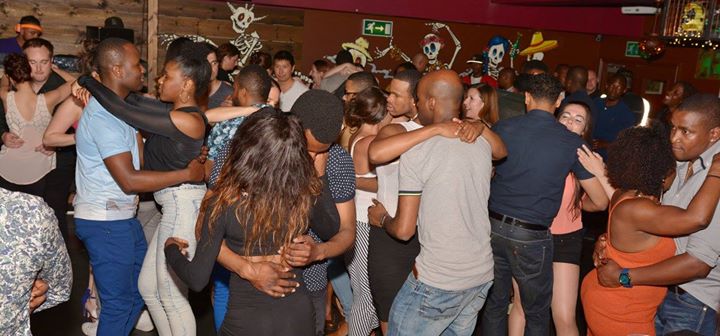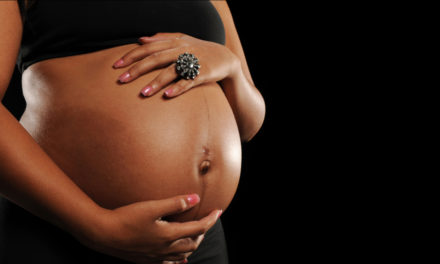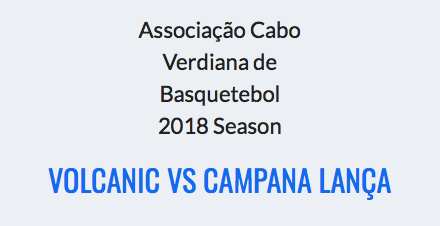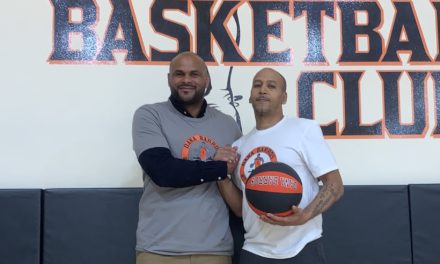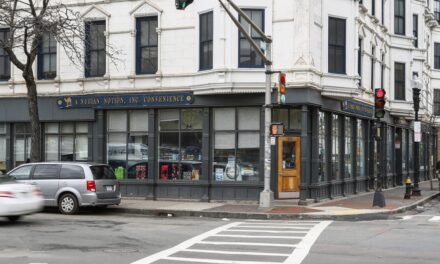Over Thanksgiving I had the opportunity to interview an 88 year old Cape Verdean woman from Onset. I am not going to share her name because in the future I plan to do a generational piece comparing her story with her niece and grand niece. She is of the older generation of Cape Verdeans and at first it was difficult to get anything out about “Cape Verdean Culture” at least in the eyes of a non Cape Verdean. I even asked a question that could be considered rude or overstepping bounds, “What makes you Cape Verdean?”
And her answer was, “I just am. But I’m from here. I have never had any interest in going to the islands and in our home we didn’t really speak the language.” As for the food she said that, “I am a very picky eater.”
The more I spoke to her the more she reminded me of my great aunt.. who is actually around the same age, and I began to realize that what separated us more than ethnic culture was our generational differences.
She grew up in a community of all Cape Verdeans and when she wanted Cape Verdean food her mother, who was Americanized, did not cook it at home, they would just go to a restaurant. But the culture in the community wasn’t really something that made her who she was, it was just something that was there. Honestly, having grown up in Chinatown, I can identify with that.
At one point she said that, “I don’t really know much about Cape Verdean Culture. Sorry” and laughed. But where the interview got more interesting was when she talked about growing up on the Cranberry bogs and “Shanty Jag” and being “10 miles from civilization.” I realized the obvious fact that for someone who came of age during World War II, your expectations in life were just different. And I will touch on all of this in future posts.
But what I first wanted to talk about was that for someone who was in a Cape Verdean household, that wasn’t focused on the culture so much, that the thing that tied the community together was the dances.
I asked her if she liked Cape Verdean music. “I like it. But I like the music from here.” That is to say the music created by Cape Verdean Americans in the United States. At the dances there was Cape Verdean food and she met her first husband. She would travel with friends from the bog near Tihonet to Falmouth, New Bedford, and Providence. This was in the 1940’s.
So from what I gathered, that at a time where, “the girls weren’t allowed to do anything. They stayed home.” and where you sort of just focused on working to make a living, the dances were a way to get out and travel while at the same time, it brought Cape Verdeans from several communities into one spot. It wasn’t really “connecting to the homeland.” But it was where you might meet your future Cape Verdean American husband. It sounds like the music was less like a magical door to the past or across the sea, and more like the glue that was holding several Cape Verdean communities together.
I asked who her favorites were and she mentioned Johnny Pena, but mostly she was just going to the dance, and she liked whoever was there.
Ed Andrade mentioned bringing the newer Cape Verdean music to Onset, introducing Fu Na Na, and that the reaction from the old generation was “This isn’t Cape Verdean music!”
I’m starting to realize that for someone of the older generation, being Cape Verdean doesn’t necessarily mean having any sort of mental connection to the islands at all. Ed Andrade is actually outside the norm in that respect. Cape Verdeans were just here and their whole community was here. This was the 40’s, if one wanted to… could you even return to Cape Verde? It just seemed like if you grew up near a shanty town of migrant workers, mostly Cape Verdean, and then you went to school with all Cape Verdeans (except the teachers who were white) and then you get a difficult job to scratch out a living … you are not going to be thinking about what it means to be Cape Verdean.
Except when it’s time to dance.
And to go to that, you would be willing to travel.
I asked what some of the places she went to when she was younger. She said there were two places in Onset. One was Comello’s Dance Hall. She couldn’t remember the other one.

